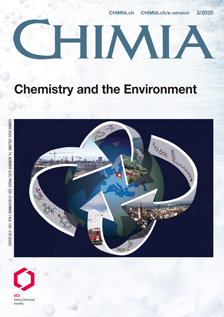The Metal Catalyst Influences the Kinetics and Mechanisms of MS2 Inactivation in Fenton-like Systems
DOI:
https://doi.org/10.2533/chimia.2020.149PMID:
32197673Keywords:
Disinfection, Fenton, Inactivation mechanisms, Protein mass spectrometry, Waterborne virusAbstract
Human enteric viruses are frequent microbial contaminants of surface water and groundwater. Waterborne viruses can be effectively inactivated by oxidants, such as those generated in Fenton-like systems. However, the mechanisms by which this inactivation occurs are not understood. Here we investigated how two Fenton-like systems, Cu/H2O2 and Fe/H2O2/light, affect the infectivity and structural integrity of MS2 coliphage, a frequently used surrogate for human enteric viruses. The extent of MS2 genome and capsid protein degradation was evaluated by quantitative PCR and protein mass spectrometry, and was related to the observed level of inactivation. Even though inactivation in both systems occurred via the same oxidant, hydroxyl radical, the contributions of genome and capsid protein degradation to inactivation differed. Inactivation in the Cu/H2O2 system was rapid and involved both genome and protein damage. In contrast, inactivation in Fe/H2O2/light proceeded at a slower rate and encompassed solely genome damage. Our findings demonstrate that not only the oxidant, but also its source, the metal catalyst, determines the inactivation kinetics and mechanism in Fenton-like systems. This work provides the first evidence of the impact of the metal catalyst on virus inactivation in Fenton-like systems.
Downloads
Published
Issue
Section
License
Copyright (c) 2020 Jessica I. Nieto-Juarez, Tamar Kohn

This work is licensed under a Creative Commons Attribution-NonCommercial 4.0 International License.







